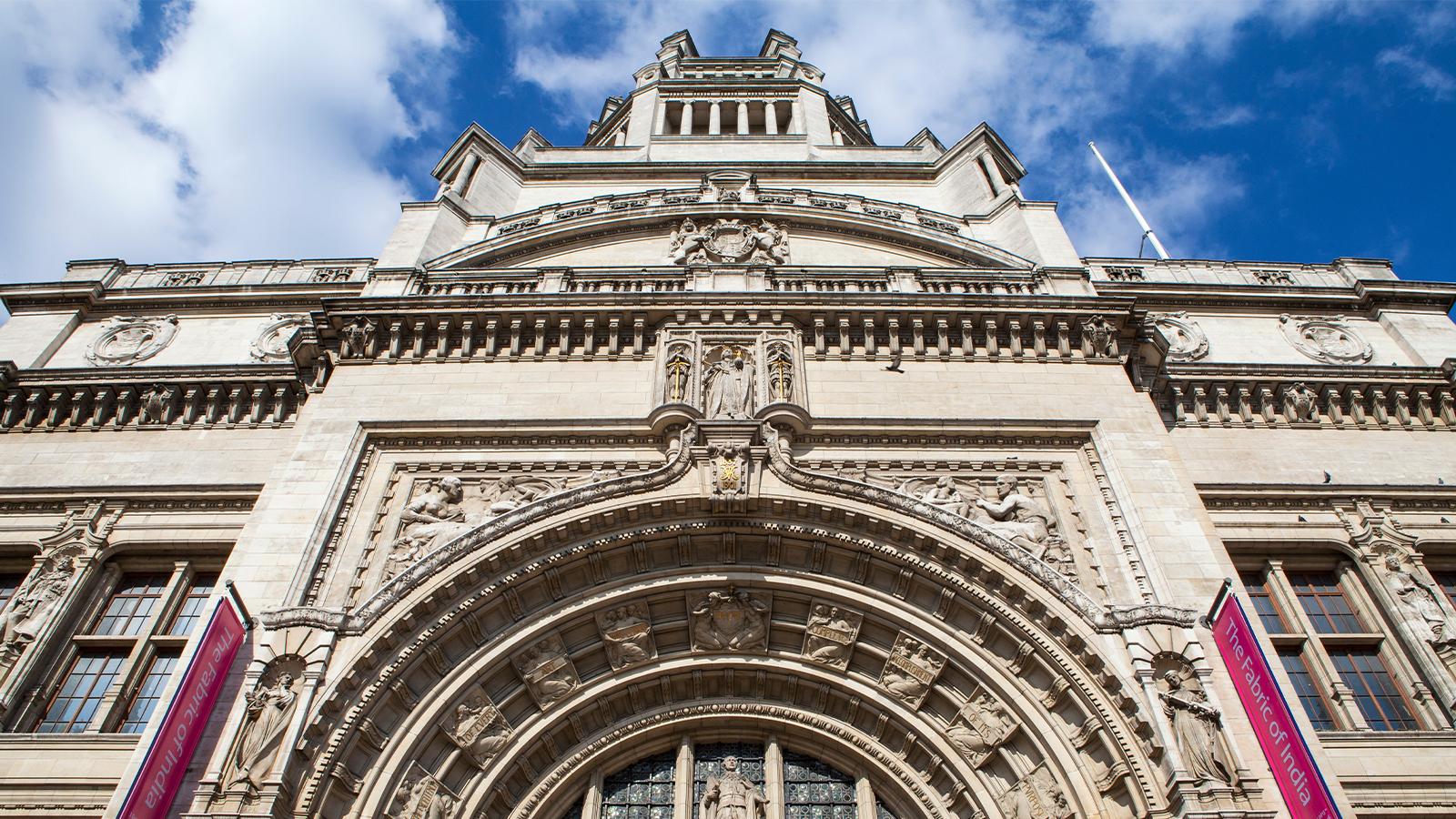West London isn’t just known for its pretty looks, it’s also where culture, creativity, and art have been thriving since the Victorian era. From fashionistas and rock gods to groundbreaking tech, Kensington & Chelsea and Hammersmith & Fulham have long been the centre of London’s cultural party.
The birth of Museum Mile
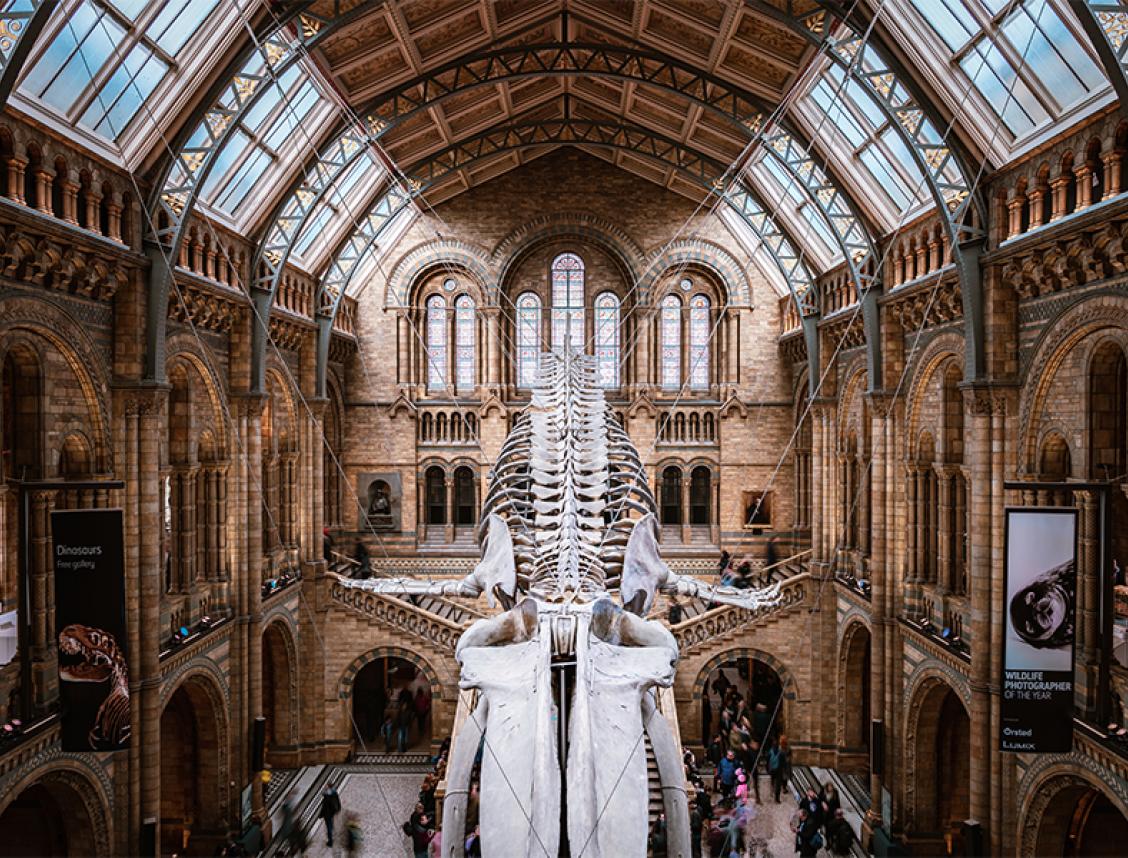
After the roaring success of the 1851 Great Exhibition, Prince Albert and others who had inspired the exhibition used their earnings to invest in the construction of several public museums. The result? The Museum Mile, home to the Science Museum, the Natural History Museum, and the V&A. They even threw in Imperial College and the Royal Albert Hall for good measure. Kensington was officially crowned London’s first cultural quarter.
And it doesn’t stop there, the Design Museum and the exotic Leighton House (the former home of Victorian artist Lord Leighton) are here too, waiting to feed your inner art and design fiend!
The epicentre of London’s 60s revolution
Did you know that Kensington and Chelsea became the epicentre of London’s 60s revolution? It inherited this mantle from Carnaby Street, when the psychedelic ‘peacock revolution’ moved west. So, Kensington Market and the King’s Road became the new place to be!
Home to the world’s first mega brand Biba
Kensington has always been ahead of the trend and Biba is no exception. Possibly the world’s first mega brand, Polish-born Barbara Hulanicki and her husband turned this fashion label into a cultural phenomenon that sold everything from feather boas to the more obscure, branded baked beans.
In 1973, with the support of Dorothy Perkins and British Land, Biba occupied the seven-storey Derry & Toms department store on Kensington High Street, drawing a million customers a week. It quickly became one of the capital’s most visited tourist attractions until its closure in 1975.
Pioneers of the Arts and Crafts Movement
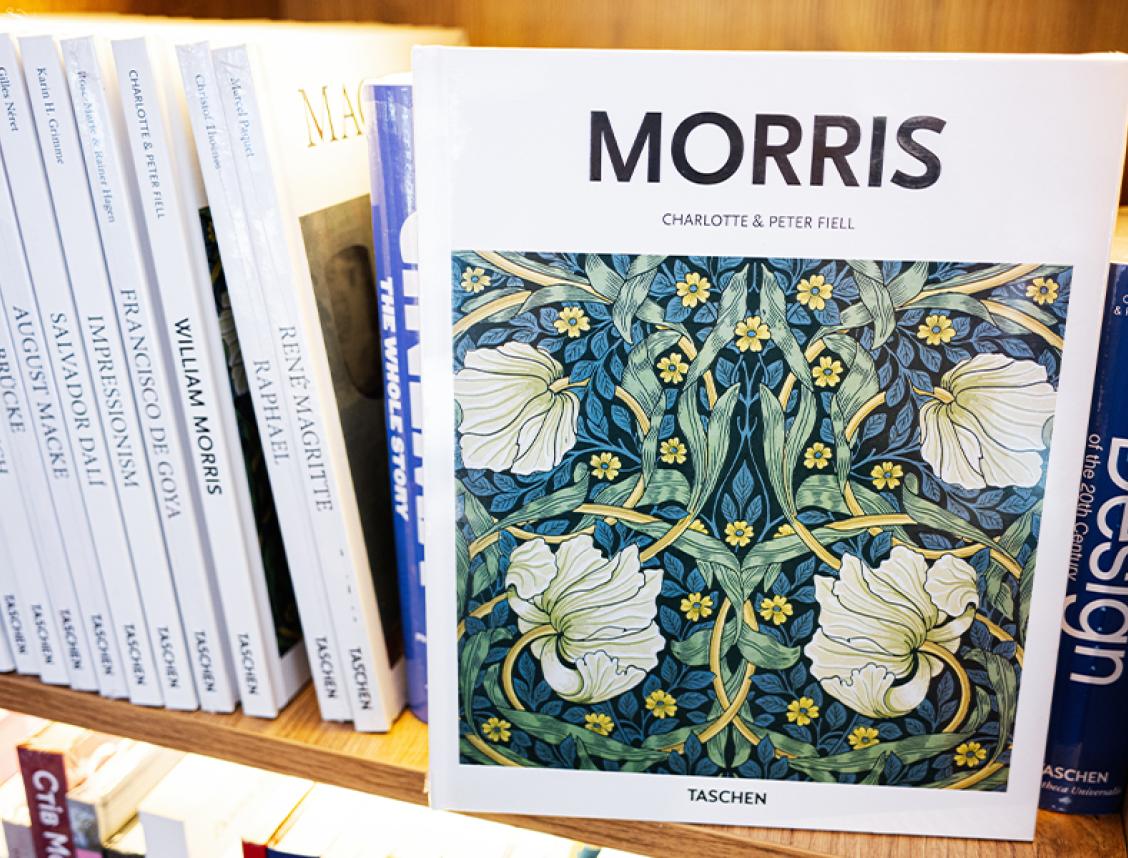
Founder of the Arts and Crafts Movement, William Morris, has strong connections to Hammersmith. He revived British textile-making and craft, becoming a cultural giant of the Victorian era. His intricately patterned carpets (inspired by Middle Eastern motifs) were so iconic they became known simply as “Hammersmiths.”
The most famous of all, the Bullerswood Carpet, lives at the V&A today and was one of the last carpets designed by Morris himself. You may even recognise some of Morris’ designs on everyday items like tote bags, water bottles, tea towels and notebooks.
A hub for biotech and media
Move over Silicon Valley, Hammersmith and Fulham are getting in on the future of tech! Thanks to clever investment from the council, the borough is now a growing hub for science and innovation. Just ask ARC West London, where you'll find cutting-edge labs (Motherlabs, to be precise) with state-of-the-art equipment and over 1,100sq ft of research space.
Meanwhile, over in the of world of media, the W6 postcode is still leader of the pack. From the BBC’s old stomping grounds in White City to the sleek offices of UKTV, Hearst, Immediate Media, L’Oréal, and even Disney, this area has the highest concentration of media companies in the UK!
Star-studded venues and cultural icons
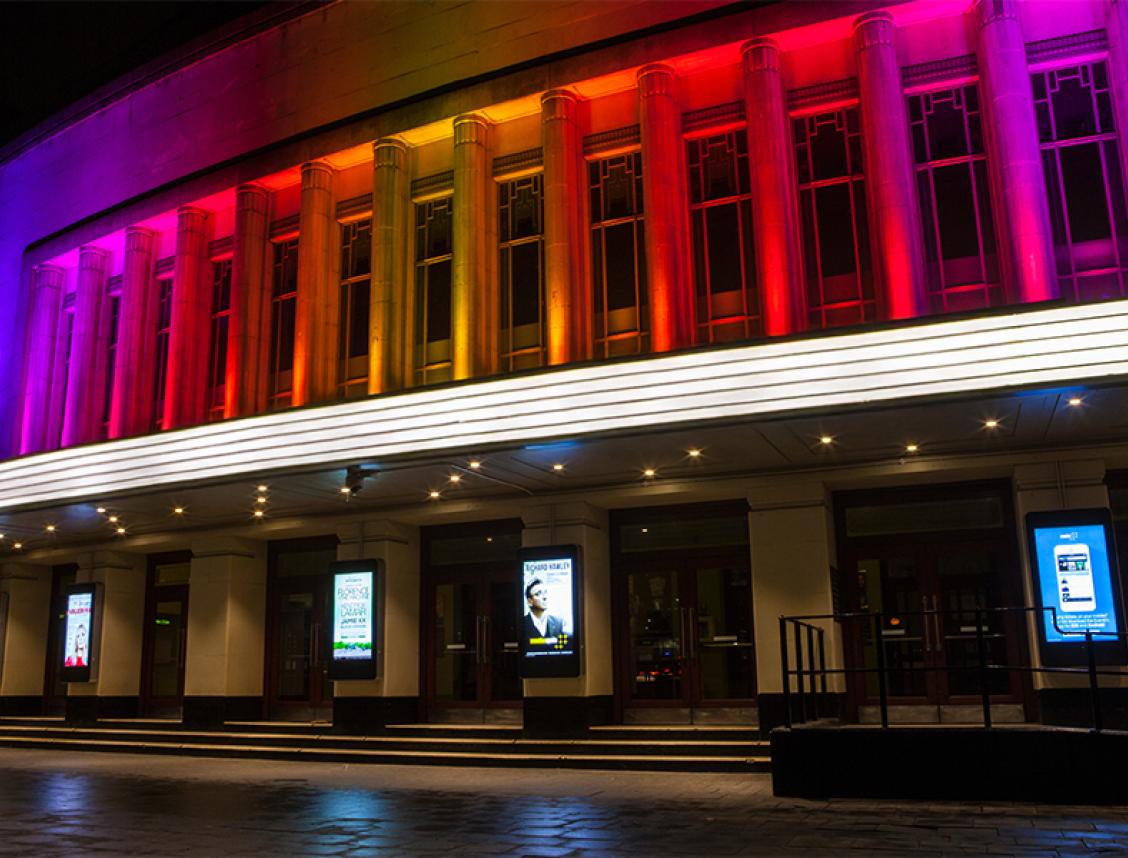
Just a stone’s throw from Olympia is the Hammersmith Eventim Apollo, a live-entertainment venue that has hosted everyone from likes of Bowie and Kate Bush to Kylie. Its arresting Art Deco architecture is the work of Robert Cromie and is a Grade II-listed building. Then there’s the Lyric Theatre, which hides a gorgeous 19th-century music hall behind a very modern façade. Saved from demolition in 1966 thanks to an impressive local campaign, it’s now a top spot for theatre, run by the brilliant and Cork-born artistic director, Rachel O’Riordan.
The transformed Olympia, opening from the second half of 2025, will set the stage for some of the capital’s top cultural, creative and innovative landmarks. Upon completion, Olympia will be home to a 1,575-seat theatre, London’s largest new purpose-built theatre in almost 50 years, a 4,000-capacity music hall, 30+ bars, restaurants, and eateries, two onsite hotels, 550,000 sq ft of state-of-the-art offices, five event and conferencing venues including a new International Convention Centre and membership house, and new co-educational senior school.
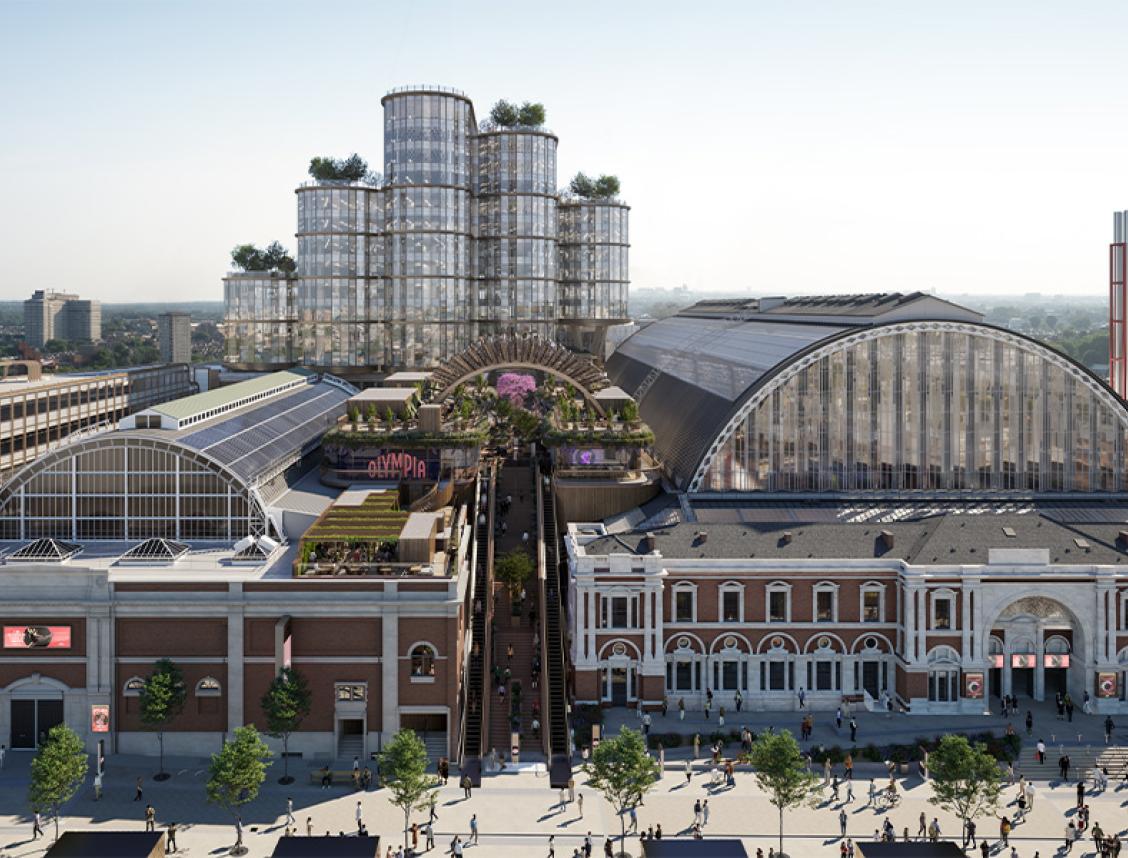
The new destination will attract the world’s top talent across the creative and cultural industries, cementing West London’s legacy as a powerhouse of innovation, imagination, and trailblazing ideas.
